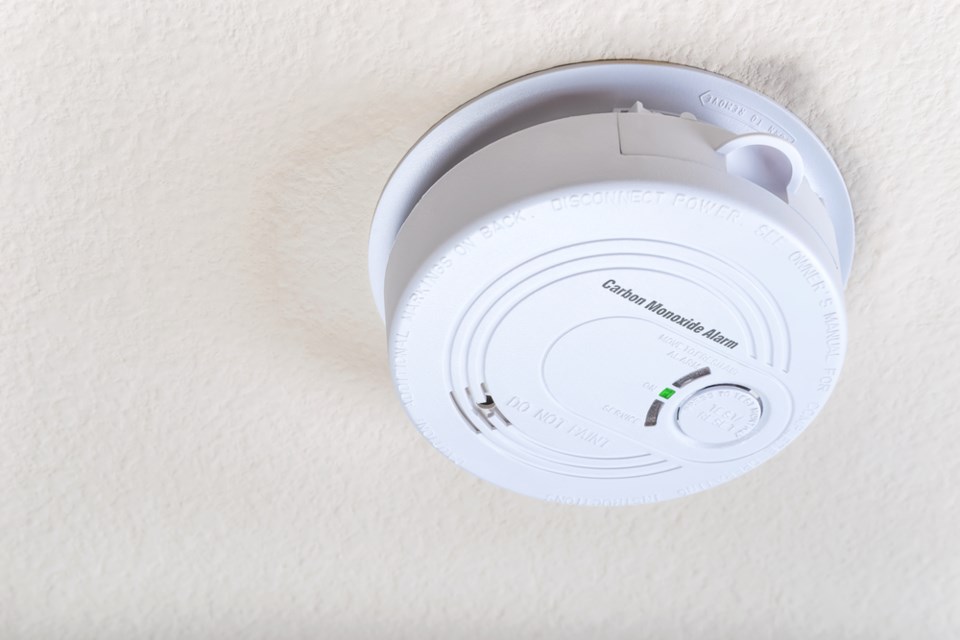New regulations announced on Friday will require that all residential buildings in Saskatchewan, regardless of age, must have carbon monoxide (CO) and smoke alarms installed.
Prior to this change, smoke alarms and carbon monoxide alarms were only required in new residential construction built since 1988 and 2009, respectively.
"The health, welfare and safety of residents in their homes is a priority in building safe communities and a strong Saskatchewan," said Government Relations Minister Don McMorris."Requiring all residential buildings to have working CO and smoke alarms ensures you and your family are better protected against these dangerous substances."
Carbon monoxide is an invisible, odourless, poisonous gas that is often produced when fuel-burning appliances like furnaces, stoves, water heaters and fireplaces malfunction. Carbon monoxide incidents happen frequently; between 2018 and 2020, an average of 1,200 CO incidents were reported annually to SaskEnergy. If there isn't a working CO alarm to alert you to its presence in your home, continued CO exposure can lead to confusion, drowsiness, loss of consciousness, brain damage and death.
Smoke from residential fires spread quickly. Since residential fires can become life-threatening in less than two minutes, a working smoke alarm can alert you and your family to escape before a fire spreads. In their 2020-21 annual report, the Saskatchewan Public Safety Agency noted that of all fires reported to the agency during that period, 36 per cent (440 fires) impacted residential structures.
Homeowners have until July 1, 2022 to purchase and install the alarms.




